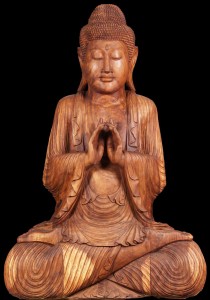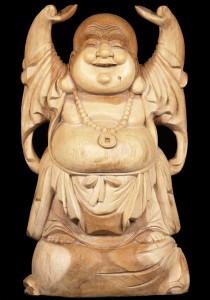After leaving his Fathers kingdom behind him in renunciation of his former plentiful life as a prince, Siddhartha Gautama began to drift from place to place as a devoted wanderer. In search of the ultimate meaning of life he found and studied with the wisest men of the time. But to his disappointment, no matter how far he traveled, not one knew the answer to ending the suffering that had so greatly affected him.

As his frustration grew, Siddhartha turned to asceticism, an extreme life of deprivation, in hopes that he might find the answers he was looking for. For six years Gautama starved and deprived his soul in search for meaning, hoping that these extreme measures may hold the truth. But soon he found that this new extreme, a life of complete scarcity, nor his previous life of opulence held the answers he was so determined to find. Gautama then decided to take the middle ground. He began to eat and nourish himself again but sought a new path to enrich his soul.
One full moon day within the month of May, Gautama sat beneath a Bodhi tree in a state of deep and unhindered meditation. He decided he would not leave his position beneath the tree until he was able to find the answers he had spent so long seeking.
He was tested constantly by the evil Mara who tried to steer him from his concentration and ultimate goal. Mara sent upon him the temptation of women, the torment of torrential rain and lightning, and armies of weapon clad warriors. But not one was able to sway him from his mission. As he sat beneath the Bodhi tree, Gautama eventually realized the cause of suffering and how to remove it from one’s life. It was then that he became the Buddha, or the Awakened one.
After reaching enlightenment, the Buddha sought to teach his ultimate wisdom to others so that they too may be free of suffering. He went to five holy men and explained his realization, making them his most devoted disciples in spreading his knowledge upon the world. For the next forty five years the Buddha and his disciples traveled throughout India teaching the Dharma to all those who would listen.

